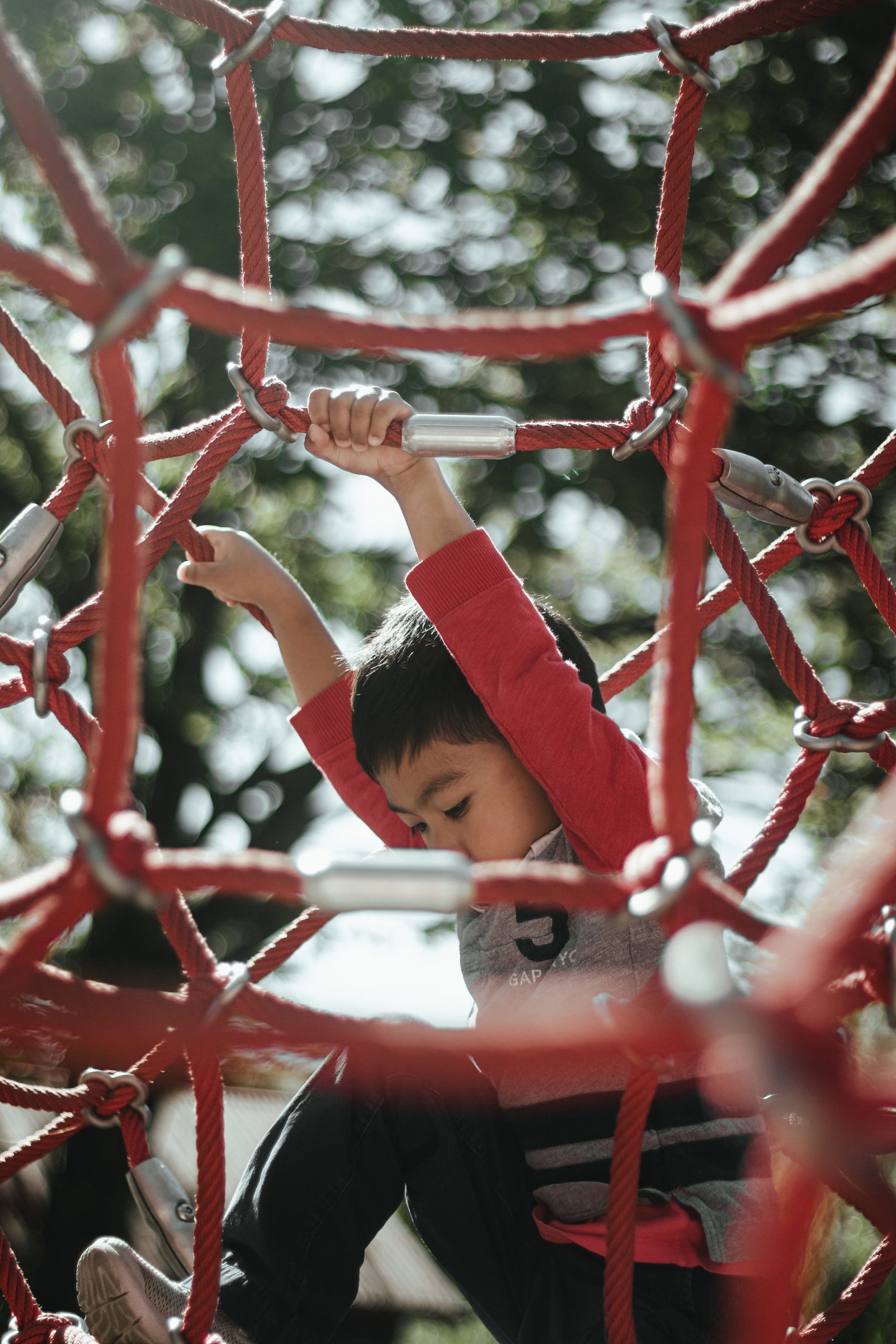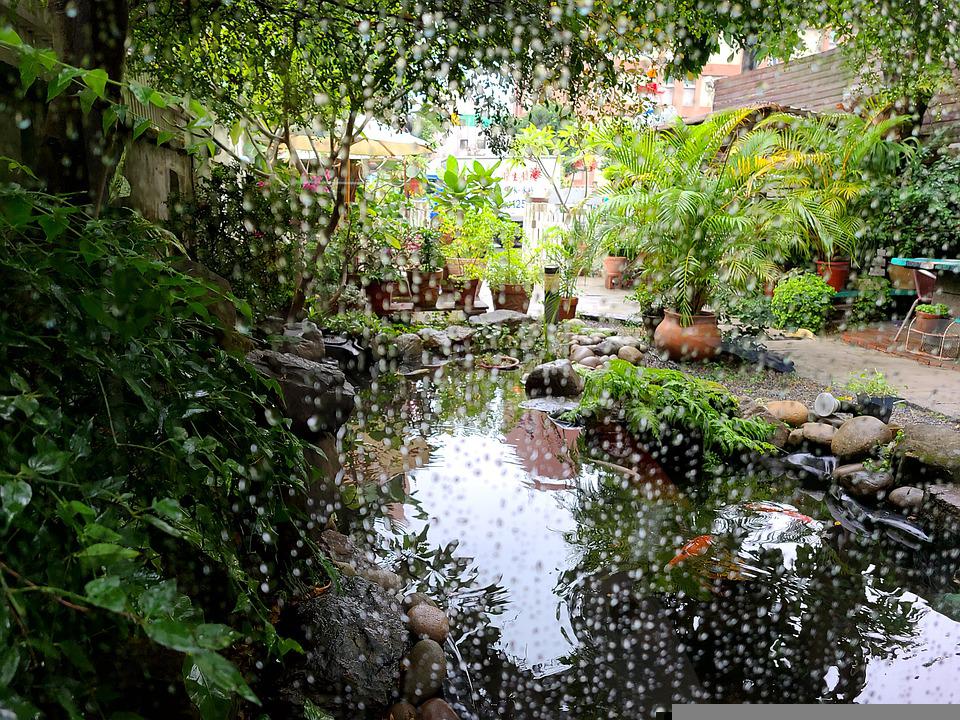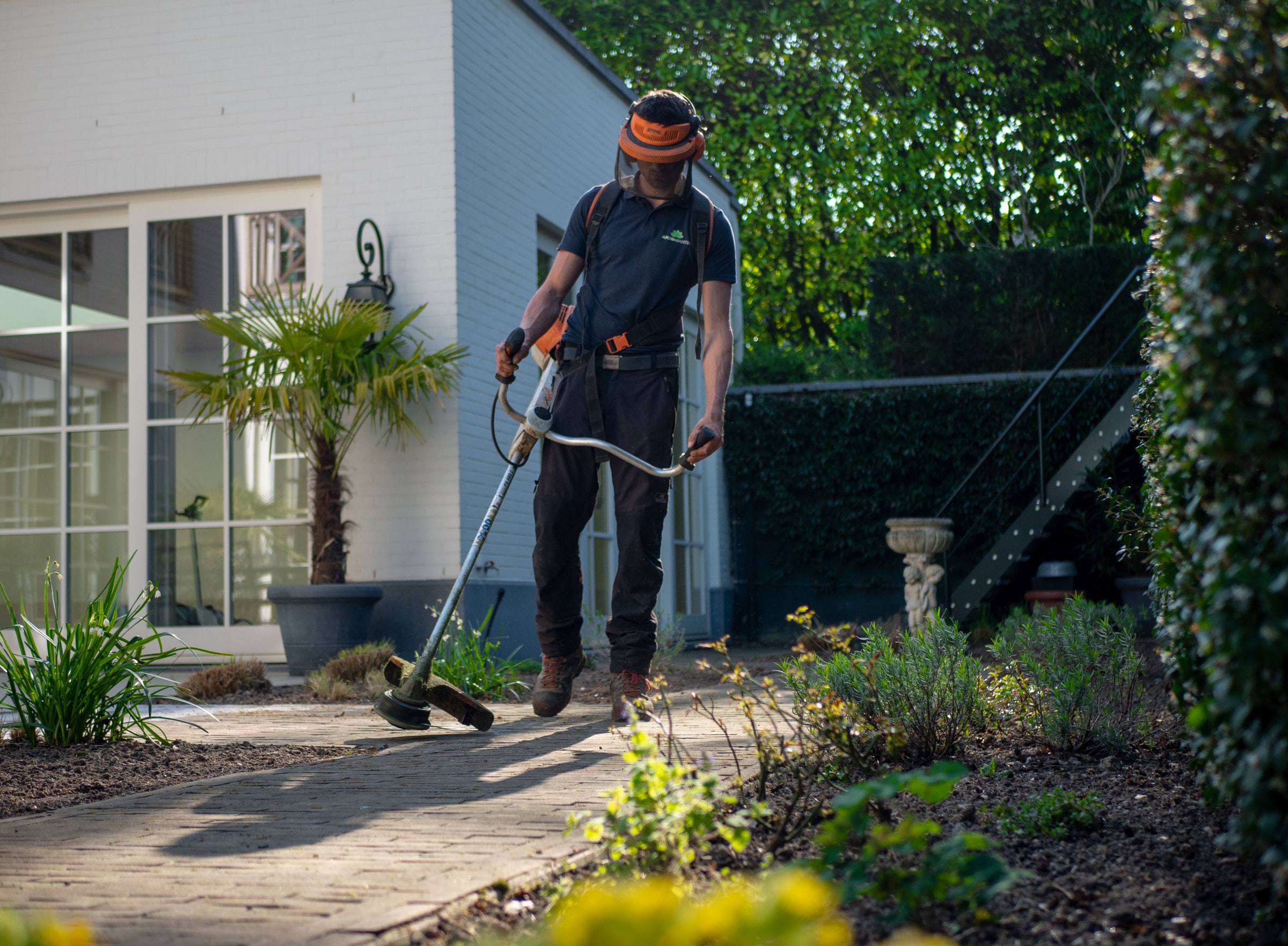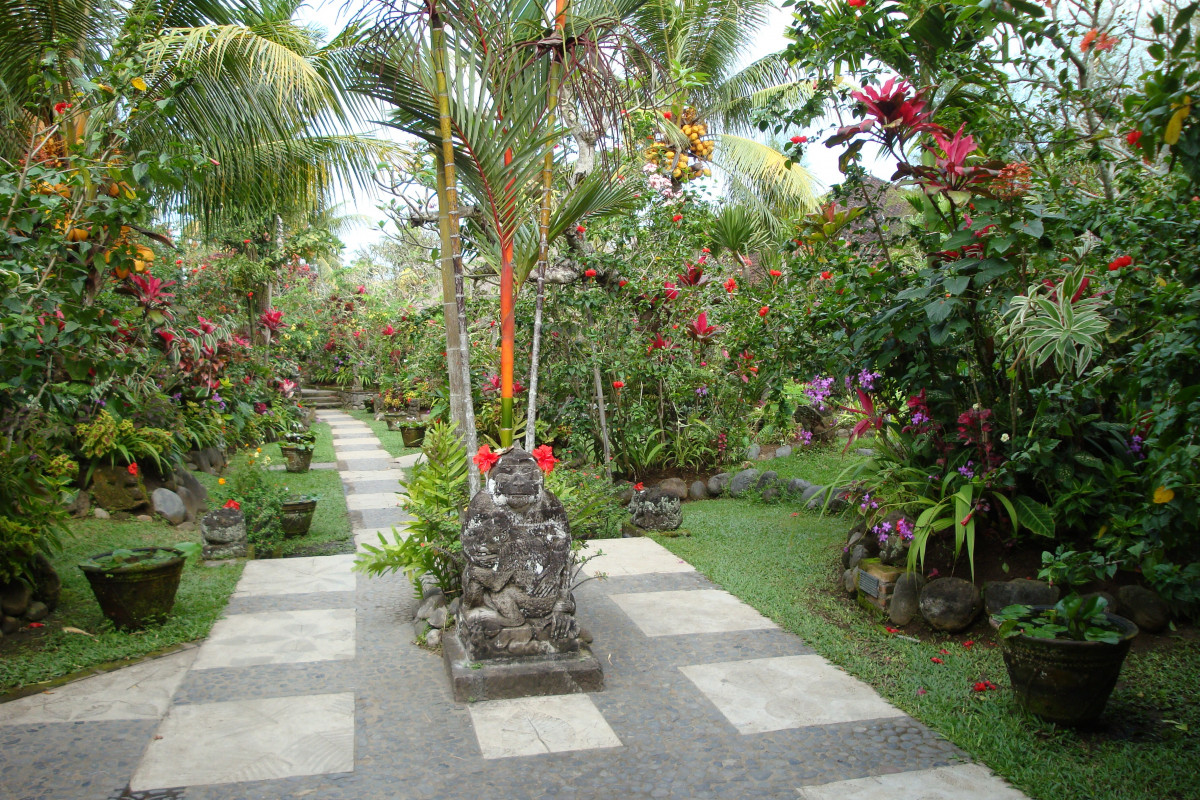Even before installing the playground you’ve chosen for your children, you need to think about the floor you’re going to add to it to cushion any probable falls. Because when you say playground, you mean excitement, chases, and therefore, slips and other more or less voluntary stunts, even small accidents.
Therefore, the floor must be soft, thick, and non-slip so that injuries are only minor. You will have the choice between various materials, natural or not, more or less expensive, more or less simple to install and maintain. Do you have a large garden and want to build a playground for your children?
You should know that it is an excellent idea to please them. But for them to enjoy this place, make sure you choose the right soil. To help you make the right choice, we have selected the best flooring for this playground. But before we get to the heart of the matter, we’ll introduce you to the criteria for choosing said floor.
Criteria to consider
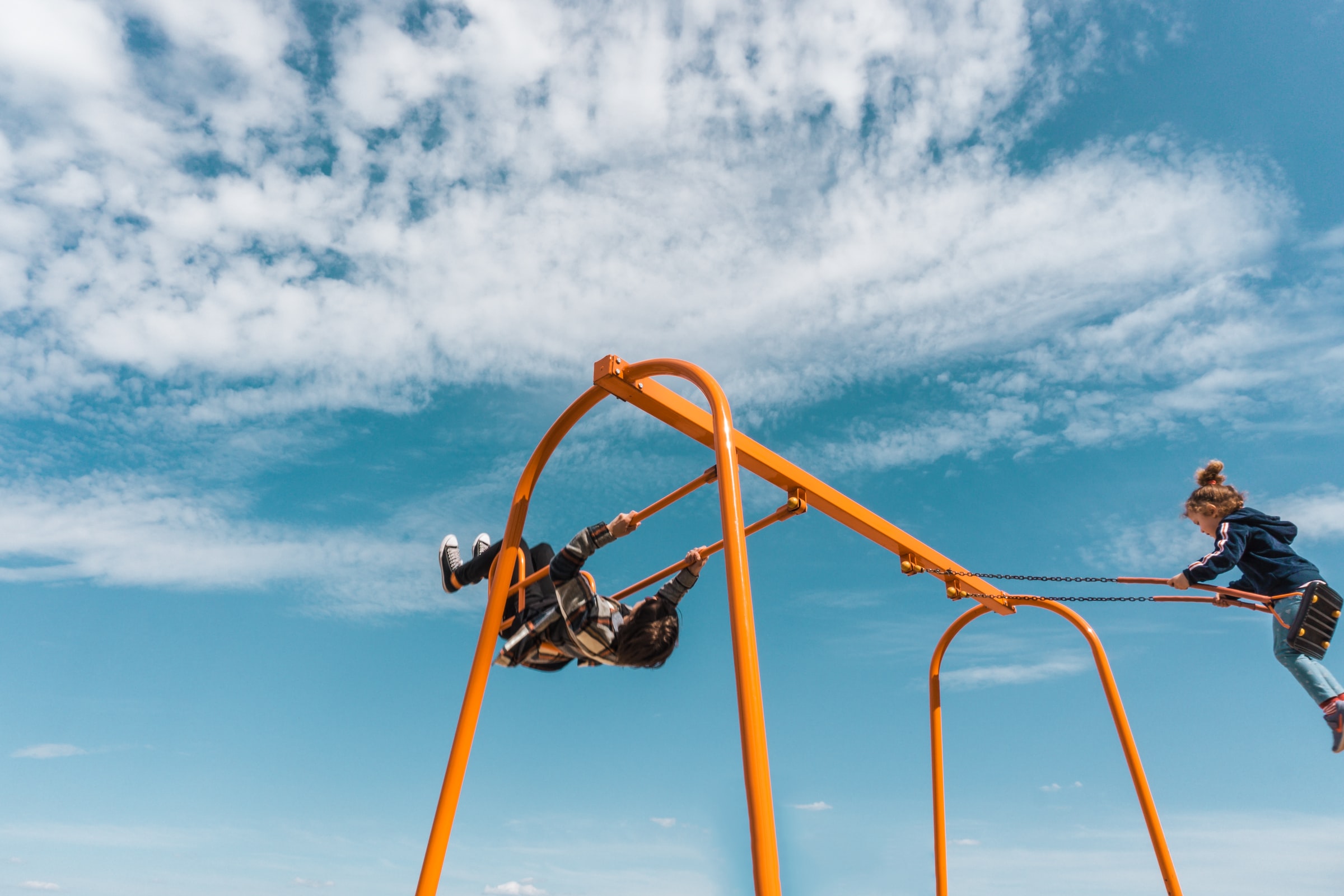
First of all, you should know that standards govern flooring for a playground. Whatever material you choose, it must comply with these two standards. Apart from that, the following six points must be taken into consideration:
-
- The stability and flexibility of the floor
-
- The thickness of the floor
-
- The risk of slipping
-
- Hygiene
-
- Longevity and maintenance.
Natural floors
Do you want to install an environmentally friendly floor for your children’s playground? Opt for natural floors. In addition to their ecological character, they are very appreciated for their beautiful natural appearance. Apart from that, they are easy to install and cost less than synthetic floors. The most commonly used natural floor coverings are grass, wood chips, and sand.
Grass
When we talk about natural floors for playgrounds, we usually refer to grass. Despite its impeccable aesthetic appearance, it is very criticized for its lack of cushioning. Moreover, it requires a lot of maintenance to preserve its aestheticism. Indeed, you must mow it regularly to allow the blades to form a much denser carpet. If you plan to install games that require them to jump, make sure that the drop height does not exceed 60 cm.
Wood chips
This is the best choice if you’re looking for a highly cushioned floor. Made from hardwood, wood chips are one of the most popular floor coverings for a playground. And for a good reason, they are not vulnerable to impact and are easy to install. To find them, simply visit a woodworking factory. If you choose this type of floor, make sure it is between 30 and 50 cm thick.
Sand
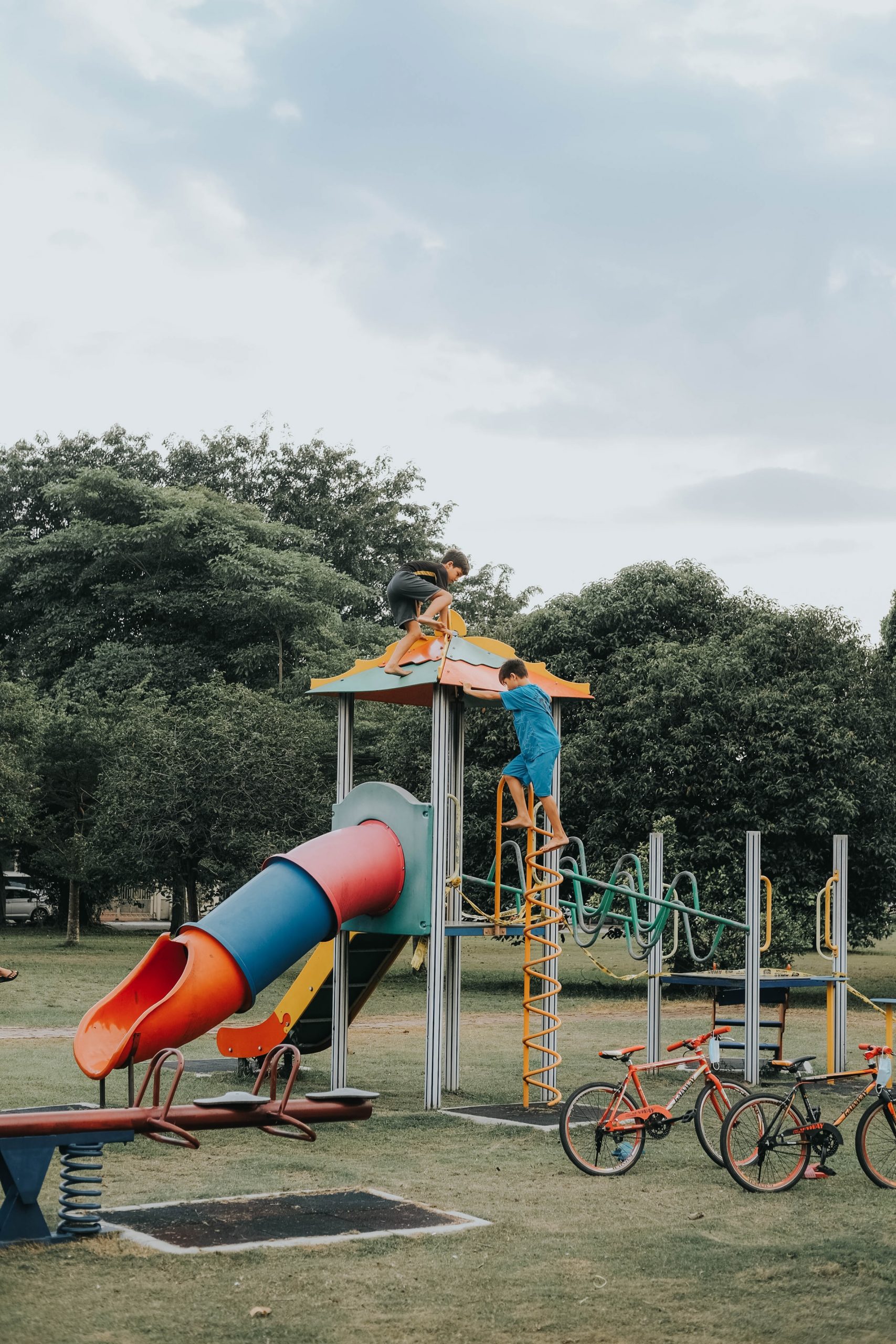
A classic in playground flooring, sand has many advantages: it is both effective and economical. For it to be a good shock absorber, its thickness must be greater than 30 cm. Good to know: a sand floor hardens over the years. For this reason, you must mix the sands to be used. Their grain size should be different.
Synthetic floors
Compared to natural floors, synthetic floors are very expensive. However, a playground covered with these materials has a lifespan of up to 15 years. Moreover, they are all easy to maintain.
Synthetic turf
If you are on a tight budget, opt for this type of flooring. Available in several thicknesses, synthetic turf is sold on the market in the form of rolls. In addition to its affordability, this material is very popular for its ease of installation.
Polypropylene tiles
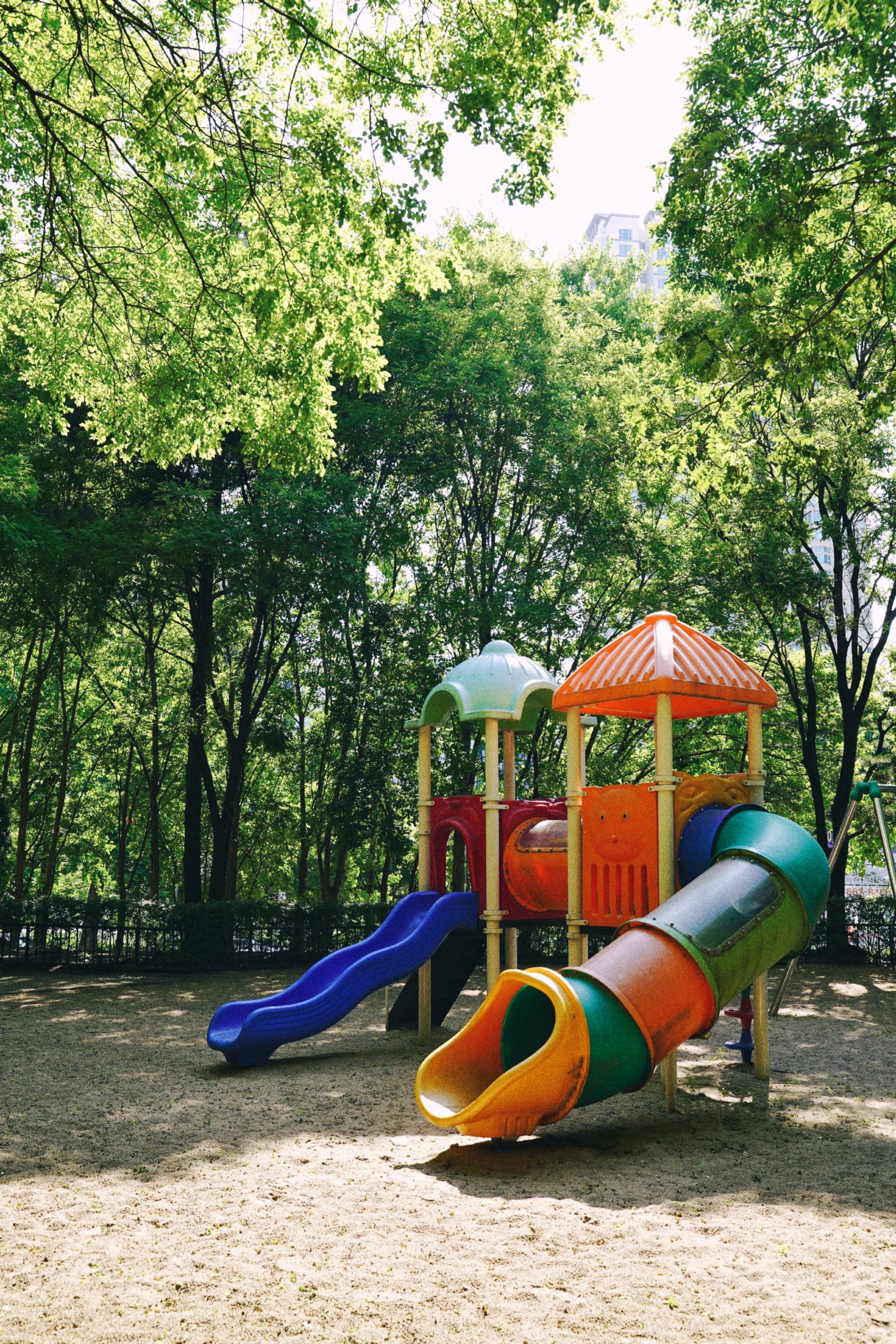
Polypropylene tiles are commonly used as flooring for playgrounds and are highly resistant to impact and weather. In addition, their ease of installation and good drainage capacity makes them ideal for a playground. Building a playground in the garden is a very complicated operation.
Sound off in the comments section below and tell us what you want to read next and if you want to read more about having a playground in your backyard.
